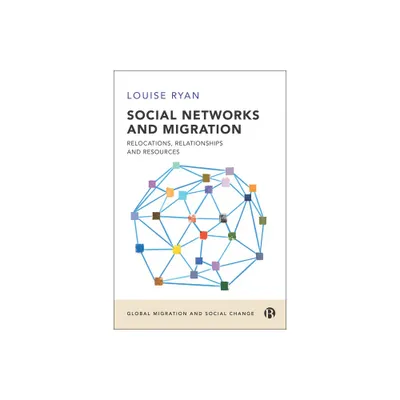Home
Migration, Development and Social Change in the Himalayas: An Ethnographic Village Study
Loading Inventory...
Barnes and Noble
Migration, Development and Social Change in the Himalayas: An Ethnographic Village Study
Current price: $54.99


Barnes and Noble
Migration, Development and Social Change in the Himalayas: An Ethnographic Village Study
Current price: $54.99
Loading Inventory...
Size: OS
*Product Information may vary - to confirm product availability, pricing, and additional information please contact Barnes and Noble
This book teases out the reasons for, and the socio-economic impacts of, different types of migration on contemporary rural households and individuals. The author creatively depicts the dynamic microcosm of one village in the North Indian Kumaun Himalayas, near the border with Chinese Tibet, giving voice to the life stories of a range of migrants. Through this ethnography, migration is revealed as a fundamental part of the multifaceted 21st-century changes which the village is experiencing.
From elderly women, to unemployed men, young farm women and local children, the book demonstrates how village life is continually constituted socially and economically by overlapping migration patterns – including outmigration, return migration, in-migration and even non-migration. Extending the argument, the author demonstrates that the village microcosm is linked to many other villages which are microcosms in their own right as well as in relation to the main village across a spatial hierarchy.
The theoretical implications of the study are teased out to inform our understanding of rural-urban migration trends and impacts more generally, and as such the book will be of interest to researchers of the South Asian region but also of internal migration in the global context.
From elderly women, to unemployed men, young farm women and local children, the book demonstrates how village life is continually constituted socially and economically by overlapping migration patterns – including outmigration, return migration, in-migration and even non-migration. Extending the argument, the author demonstrates that the village microcosm is linked to many other villages which are microcosms in their own right as well as in relation to the main village across a spatial hierarchy.
The theoretical implications of the study are teased out to inform our understanding of rural-urban migration trends and impacts more generally, and as such the book will be of interest to researchers of the South Asian region but also of internal migration in the global context.


















